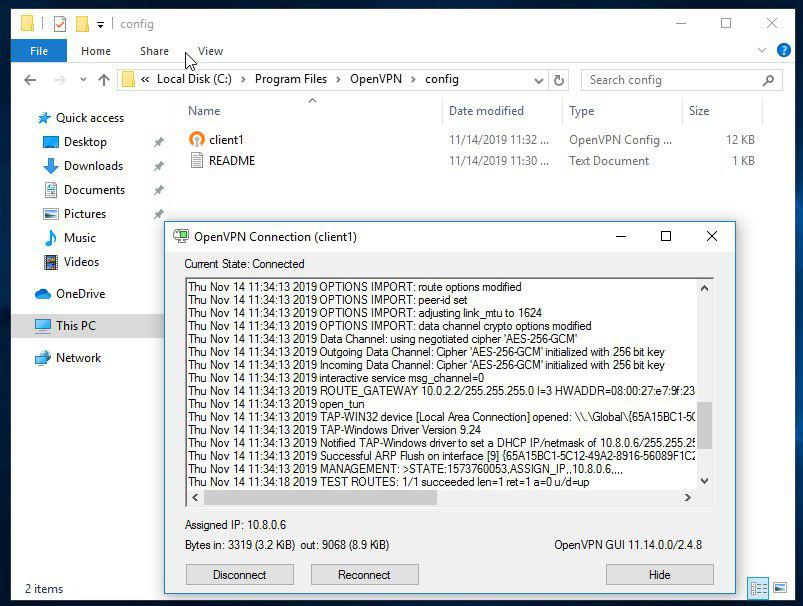
Move on to routing all web traffic from the client to the server’s IP address by enabling IP forwarding. Reload firewalld for the changes to take place: firewall-cmd -reloadĤ. Next, permanently add the routing rule using the variable created above: firewall-cmd -permanent -direct -passthrough ipv4 -t nat -A POSTROUTING -s 10.8.0.0/24 -o $VAR -j MASQUERADEģ. However, you can create a variable under the name of your choice. In the command below, the variable is named VAR. Create a variable that represents the primary network interface used by your server. Then, you may open it up and log in using the user that was created earlier.Once you have completed the steps above, move on to routing to your OpenVPN subnet.ġ. To do this, you will want to have downloaded the OpenVPN Connect app from the Google Play Store. In this example, we will be connecting using an Android phone. To add a user, navigate to the menu on the left and click on "User Management" and then "User Permissions." A new user can be added to this page, as seen in this screenshot.Īfter creating a user, the software would need to be installed on the device you want to connect to.

Once logged in, an additional user should be created, which you would use to connect to the VPN. To navigate to it, you would use the server IP followed by /admin in the format below. This can be accessed in your web browser. passwd openvpnĪfter the password has been created, the setup process will continue in the web GUI. Once the software has been installed, the admin user password needs to be created. The below commands will install the OpenVPN Access Server software repository and the OpenVPN Access Server.


Once it has finished updating, we are ready to install OpenVPN. The below commands will update the operating system and additional packages. As with any new VPS, it is always best to update the operating system before getting started with any application installations. To continue with this guide, you will want to be using a freshly installed CentOS 7 VPS at Hostwinds. OpenVPN is a Virtual Private Network (VPN) that can be installed on any Operating System.


 0 kommentar(er)
0 kommentar(er)
